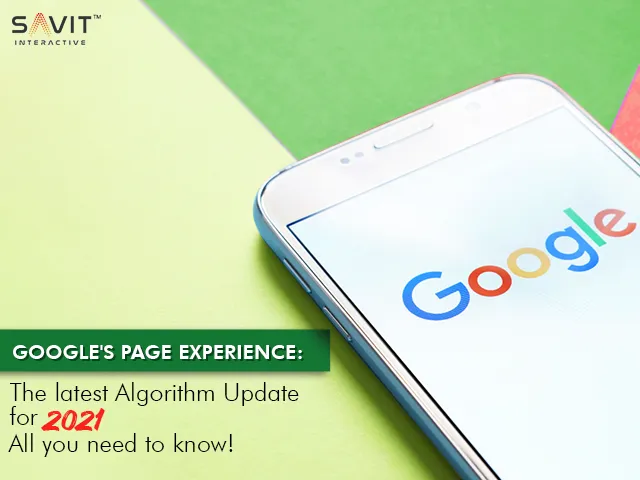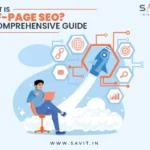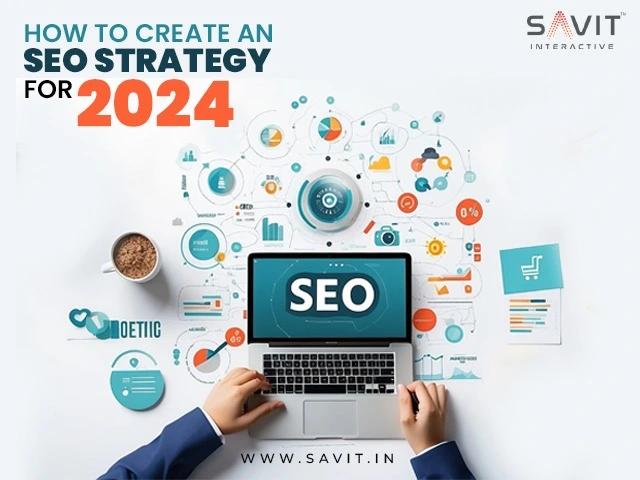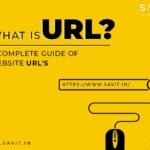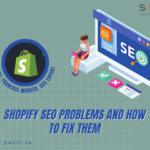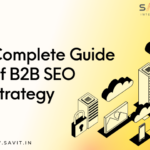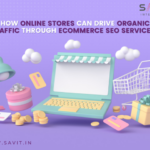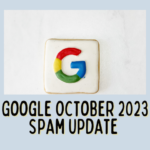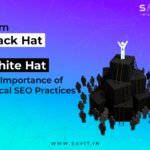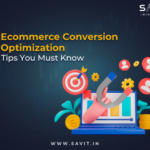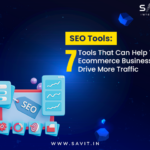What is Google’s page experience?
Page experience is the latest Google algorithm update that will be released in early 2021. Additionally, Google has also made available a must-do or criteria list for developers.
According to every leading digital marketing company in India, this new algorithm will allow Google to look for signs that could determine whether the website provides a good on-page experience. Websites that are slow to load, tough to interact, not secure, are not mobile-friendly, and face difficulty in blocking intrusive pop-ups, would receive an underwhelming page experience rating.
But still, according to Google, a low signal score and on-page experience is not the de facto reason a particular website gets ignored on Google search. If the website has high-quality content and provides relevant solutions or answers to the search query, there is still a formidable chance that the website could be displayed among the top search engine rankings.
Nevertheless, most factors that account for the on-page experience algorithm are the ones that businesses and website owners should be proactively addressing already. So, if you are facing problems with ranking your website on Google search, let us check out how you can avoid getting a low on-page experience score or a subpar experience rating.
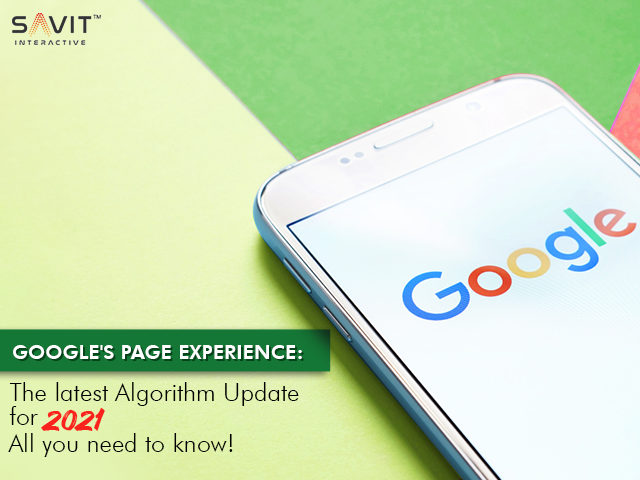
1. Page stability and page load
Websites or web pages that are slow to load will more likely experience a higher bounce rate and page abandonment, in comparison to those websites that are quick to load. According to almost every leading digital marketing company in India, this is the core principle of website development. The technical term for page loading performance is called Largest Contentful Paint or LCP. And, to pass the Google test, all the content on the web page must load in 2.5 seconds.
There is also FID or First Input Delay, which references the responsiveness of the page. A higher FID score suggests that the pages are not responsive. This could include the graphics which failed to load, the buttons that do not work, or media which does not play. More often, the primary culprit is attempting to load too much at a single time. This overloads the browser as it has to manage and process all the commands.
Moreover, bigger JavaScript plugins and files could also slow down the page loading process and make the pages unresponsive temporarily until everything on the page loads. To meet the Google benchmark, try to achieve the FID of approx. 100 or fewer milliseconds.
Cumulative Layout Shift or CLS is another metric, which focuses mainly on website stability. When you attempt reading an article on a mobile phone, if the page reloads or the buttons move away just as you go to touch them, then the website has poor actionable CLS. To meet the Google guideline, your website CLS score should be less than 0.1.
So, if the website is slow to load, is unresponsive when the contents load, or undergo unexpected shifts in the layout, you must seek the help of a website developer, like Savit Interactive, to rectify these structural problems. This will greatly benefit your business. Remember, you may be losing out on prospective clients and visitors due to frustratingly slow websites, hence, losing business.
2. Mobile-friendly websites
The user experience of your website must be seamless on every viewing platform, such as a desktop, tablet, or mobile. While you may need to slightly change the layout of the website, so that it becomes compatible with different mobile gadgets, the functions and the overall user experience should not be very different within the two distinct access points.
A website should be quick to load, the links and buttons should be operational and users should not feel as if they are struggling to use your website on their mobile phones.
3. Safety factor
According to every best SEO company in India, there are two ways in which safety plays an important role in Google metrics:
- Does the website contain any form of malicious content such as malware or other deceptive content?
The website is considered not trustworthy if it is exposing its visitors to malware, viruses, and questionable content. When you feel or suspect that your website is facing issues with safe browsing and malware issues, you should immediately and proactively work with your developer to rectify the issues. - Is the webpage secure? Google gives a good score to websites that are served on HTTPS. This issue is easy to fix, and many domain hosting platforms and web servers are making it easy for existing website owners to shift to HTTPS from HTTP. Irrespective of the page experience, it is always better to change to HTTPS.
4. Intrusive pop-ups
There are some websites where you are bombarded with overlays and popups the moment you land on them. These overlays and popups are almost impossible to get rid of. How was your experience on those sites? Did you like these frequent distractions and obstructions? If your answer is a “NO”, then the visitors to your site will not like them either. Therefore, make sure that your website does not contain these intrusive pop-ups.
These instructions can be problematic, especially for mobile users, where the screen space can be very limited. These websites get penalized by Google, plus, their rankings also greatly reduce.
The on-page experience algorithm will greatly revolutionize the search engine user experience for users of Google search. For website owners, it is time they take note of the different ranking factors and integrate them into their website. After all, you do not want to miss out on the online marketplace when most of your target audience is busy online.
If you want to learn more from the best SEO company in India, visit us at Savit Interactive today.
